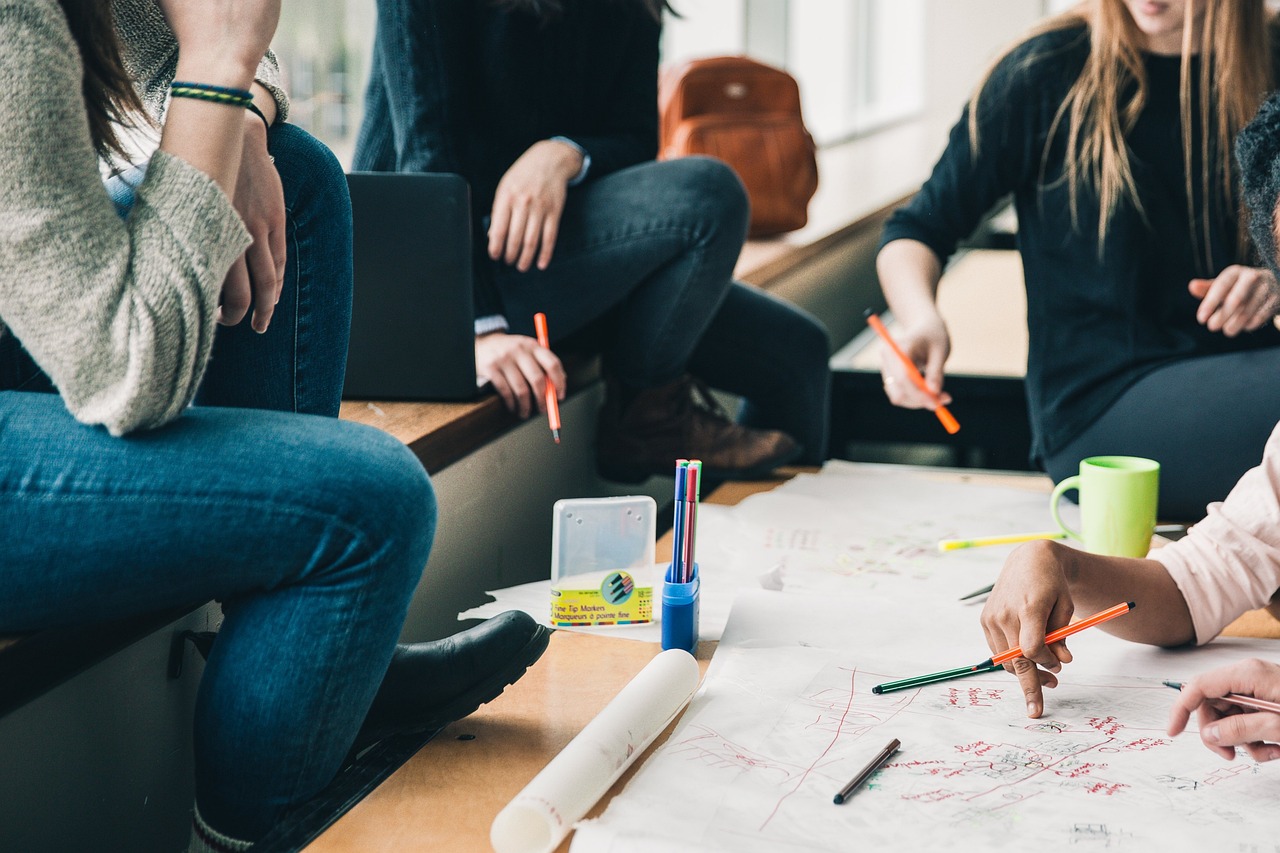In today’s dynamic and ever-evolving world, fostering creativity and nurturing student innovation are vital for preparing the next generation of thinkers and problem solvers. Creativity not only fuels imagination and self-expression but also fosters critical thinking and innovation. This article explores the importance of unlocking creative potential among students and provides insights and strategies to inspire and nurture their innovative spirit. You can check this also buy edu mail.
The Power of Creativity in Education:
Creativity plays a pivotal role in education, empowering students to think beyond conventional boundaries and discover new possibilities. It encourages them to approach challenges with a fresh perspective, embrace divergent thinking, and develop unique solutions. Creative individuals possess the ability to adapt to change, take risks, and envision new opportunities. By fostering creativity in education, students are equipped with essential skills for success in an increasingly complex and competitive world.
Creating a Supportive Environment:
To nurture student innovation, it is crucial to create a supportive environment that encourages and celebrates creativity. Schools and educational institutions should foster a culture that values and promotes creative expression across various disciplines. Providing students with a safe space to explore, experiment, and take risks fosters confidence and a sense of ownership over their ideas. Embracing diversity and promoting collaboration also cultivates an environment where different perspectives can merge, sparking new and innovative ideas.
Cultivating Curiosity and Wonder:
Curiosity is the spark that ignites creativity. Educators and parents play a significant role in cultivating curiosity by encouraging students to ask questions, explore different subjects, and seek knowledge beyond the classroom. By nurturing a sense of wonder and inspiring a thirst for learning, students develop a lifelong love for discovery and innovation. Incorporating inquiry-based learning approaches, hands-on activities, and real-world applications can enhance curiosity and fuel creative thinking.
Encouraging Risk-Taking and Resilience:
Creativity thrives when students are encouraged to take risks and embrace failure as an opportunity for growth. Fear of making mistakes can stifle innovation. Encouraging students to step outside their comfort zones, experiment with new ideas, and learn from setbacks fosters resilience and adaptability. Providing constructive feedback and celebrating efforts rather than just outcomes creates a supportive environment where students feel empowered to explore unconventional approaches and push the boundaries of their creativity.
Integrating Arts and Technology:
The integration of arts and technology in education can significantly enhance creativity and innovation. Arts-based activities, such as visual arts, music, drama, and storytelling, allow students to explore their imagination, express emotions, and develop critical thinking skills. Similarly, leveraging technology tools and platforms can provide students with opportunities for digital creation, coding, and problem-solving. The fusion of arts and technology offers a powerful combination that fosters interdisciplinary thinking and nurtures innovative mindsets.
Promoting Entrepreneurial Thinking:
Encouraging entrepreneurial thinking among students nurtures their ability to identify opportunities, take initiative, and turn ideas into action. Entrepreneurial education provides a platform for students to develop skills such as creativity, critical thinking, collaboration, and communication, all of which are essential for innovation. Integrating entrepreneurship education into the curriculum and incorporating activities such as project-based learning, business simulations, and social impact initiatives can empower students to become future innovators and change-makers.
Conclusion:
Unlocking the creative potential of students is key to nurturing their innovation and preparing them for a rapidly evolving world. By creating a supportive environment, fostering curiosity, encouraging risk-taking, integrating arts and technology, and promoting entrepreneurial thinking, educators can inspire students to explore their creative capacities. Through creativity and innovation, students become active participants in shaping a brighter future. By nurturing their creative potential, we unlock limitless possibilities for personal growth, societal progress, and positive transformation.
